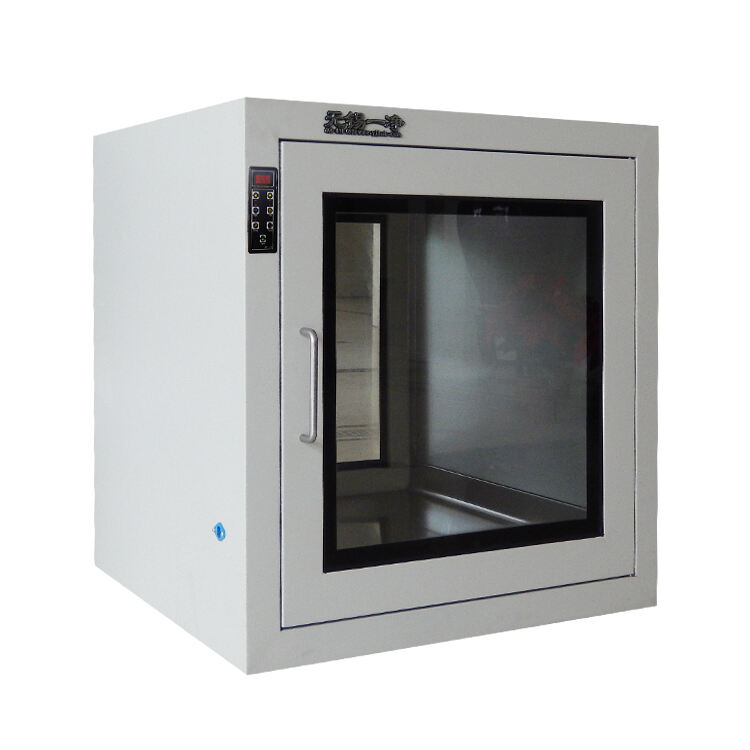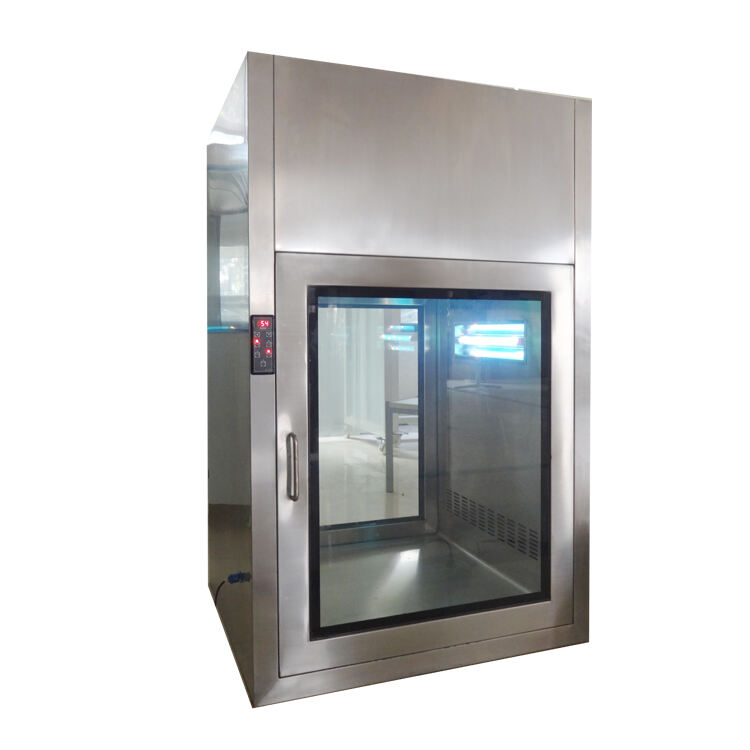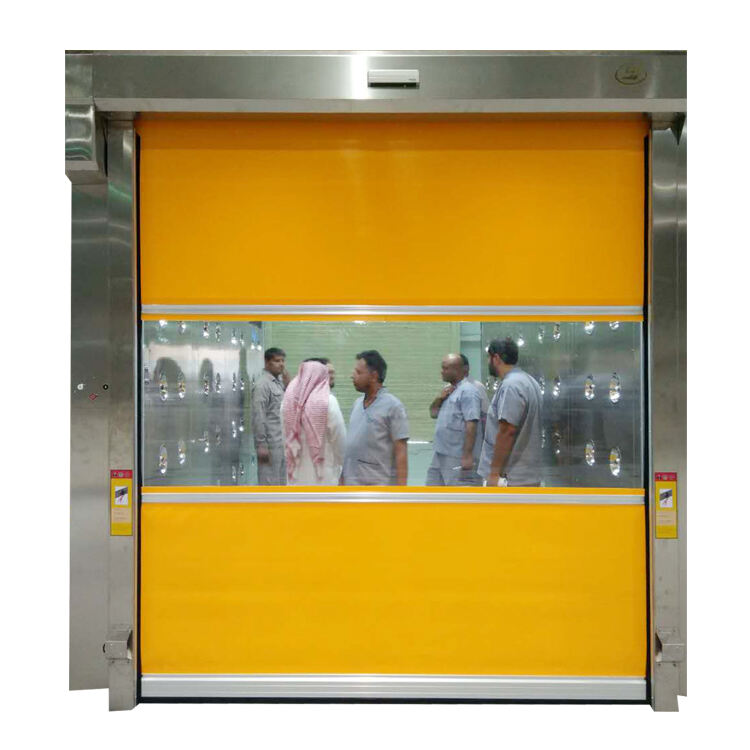gmp classification clean rooms
GMP classification clean rooms represent a crucial component in regulated industries, particularly pharmaceutical manufacturing, biotechnology, and medical device production. These specialized environments are designed and constructed to maintain specific levels of cleanliness by controlling airborne particulate contamination, temperature, humidity, air pressure, airflow patterns, air motion, vibration, noise, and lighting. Operating according to Good Manufacturing Practice (GMP) guidelines, these clean rooms are categorized into different classes based on the maximum permitted number of particles per cubic meter of air. The classification system typically ranges from ISO Class 1 (most stringent) to ISO Class 9 (least stringent), with pharmaceutical manufacturing commonly utilizing ISO Classes 5 through 8. These facilities incorporate sophisticated HVAC systems with HEPA filtration, specialized construction materials, and carefully designed airlocks and pressure cascades to maintain cleanliness levels. Personnel working in these environments must follow strict gowning protocols and specific operational procedures to prevent contamination. The rooms are regularly monitored using particle counters and undergo periodic testing to ensure compliance with GMP standards, making them essential for maintaining product quality and regulatory compliance in life science industries.


